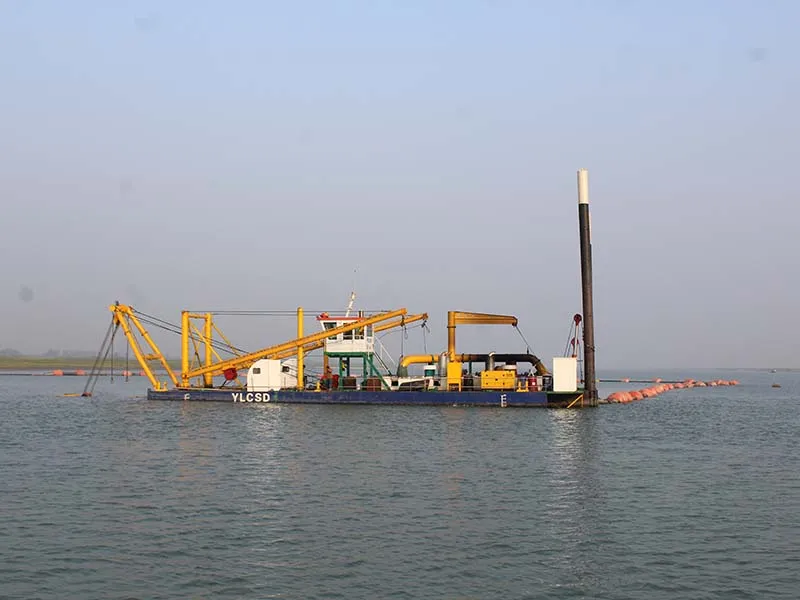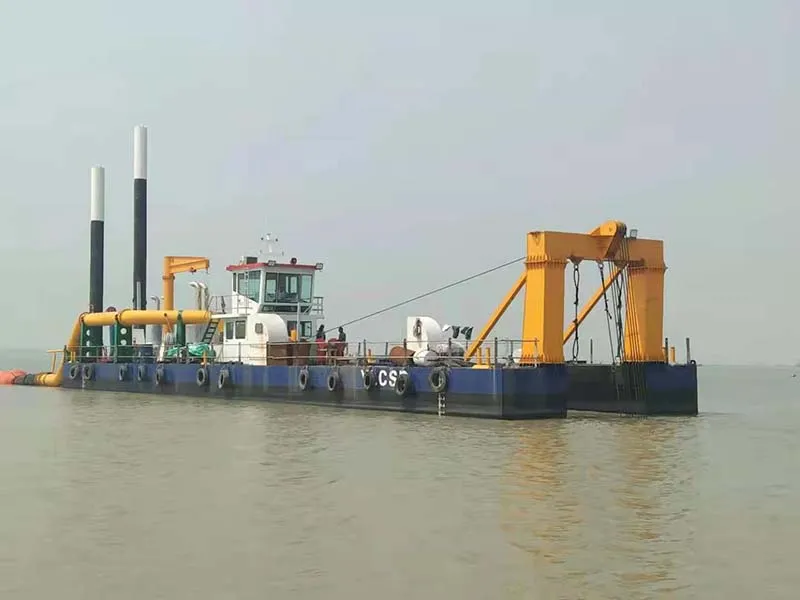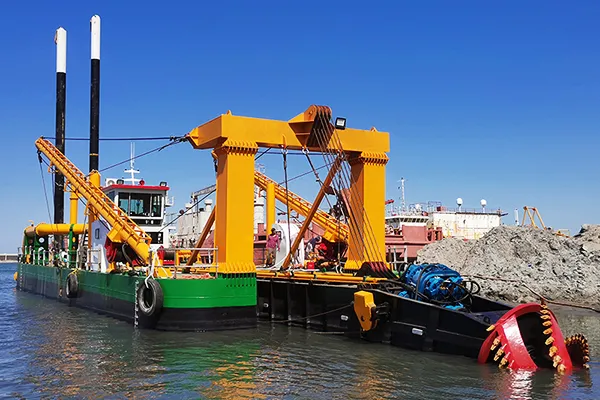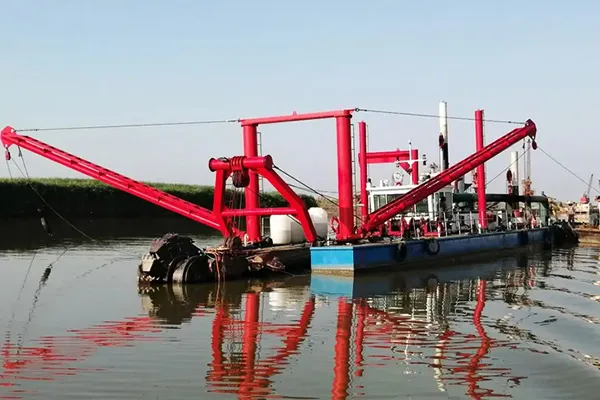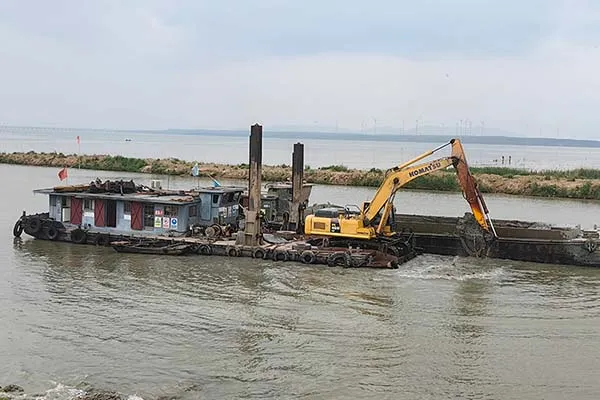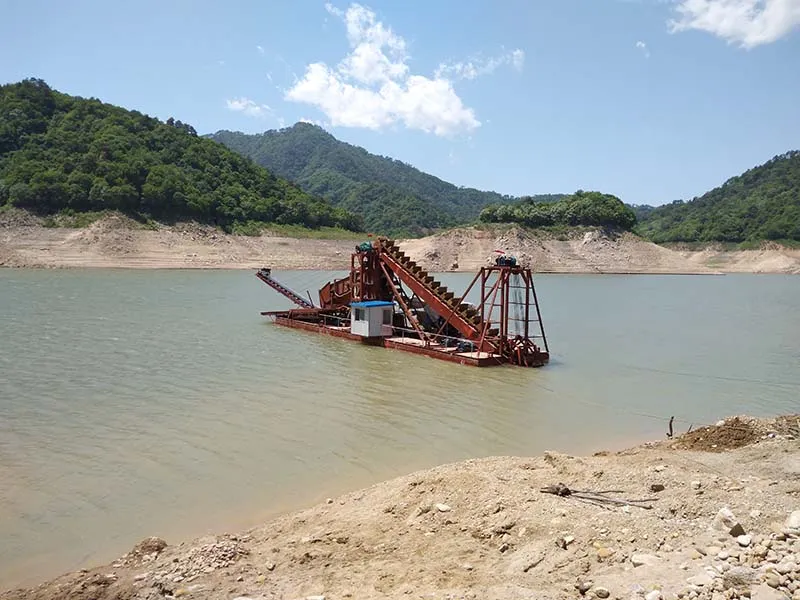- River and Canal Dredging
When sediment accumulates in rivers and canals, it can reduce water flow capacity. During the rainy season, rivers clogged with sediment can no longer accommodate large volumes of rainwater. Dredging can widen and deepen these waterways, ensuring the smooth passage of floodwaters and reducing the risk of flooding.
Dredging also plays a key role in river ecosystem restoration. If the riverbed is contaminated with excessive pollutants, such as heavy metals or eutrophication, dredging can help improve water quality and restore the ecosystem. - Port and Harbour Dredging
Ports and harbors often experience sedimentation caused by ship movements and the influx of surrounding sediments. To ensure safe access for vessels, particularly large ships, regular dredging is necessary to maintain the designed depth and width of the waterway. This helps keep the port operational and ensures the safe passage of ships. - Lake Dredging
Lakes suffering from eutrophication or excessive sediment accumulation due to surrounding soil erosion can face a reduction in storage capacity and ecosystem health. Dredging helps remove excess silt, improving water quality, restoring ecosystems, and enhancing the aesthetic and functional value of lakes. - Water Reservoir Dredging
Water reservoirs accumulate sediment over time, reducing their capacity and affecting their ability to store water. As sediment buildup reaches a critical level, it can hinder the reservoir’s capacity to provide water for irrigation, supply, and power generation. Dredging helps restore the reservoir’s capacity, ensuring its effective operation.
Let us know how we can support your dredging needs and provide the most suitable equipment for your project. Contact us today for a consultation!
Recommended Products


